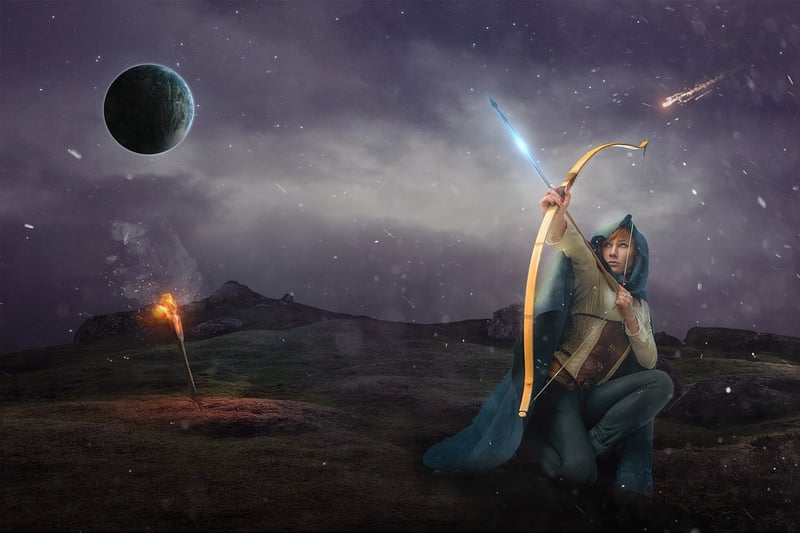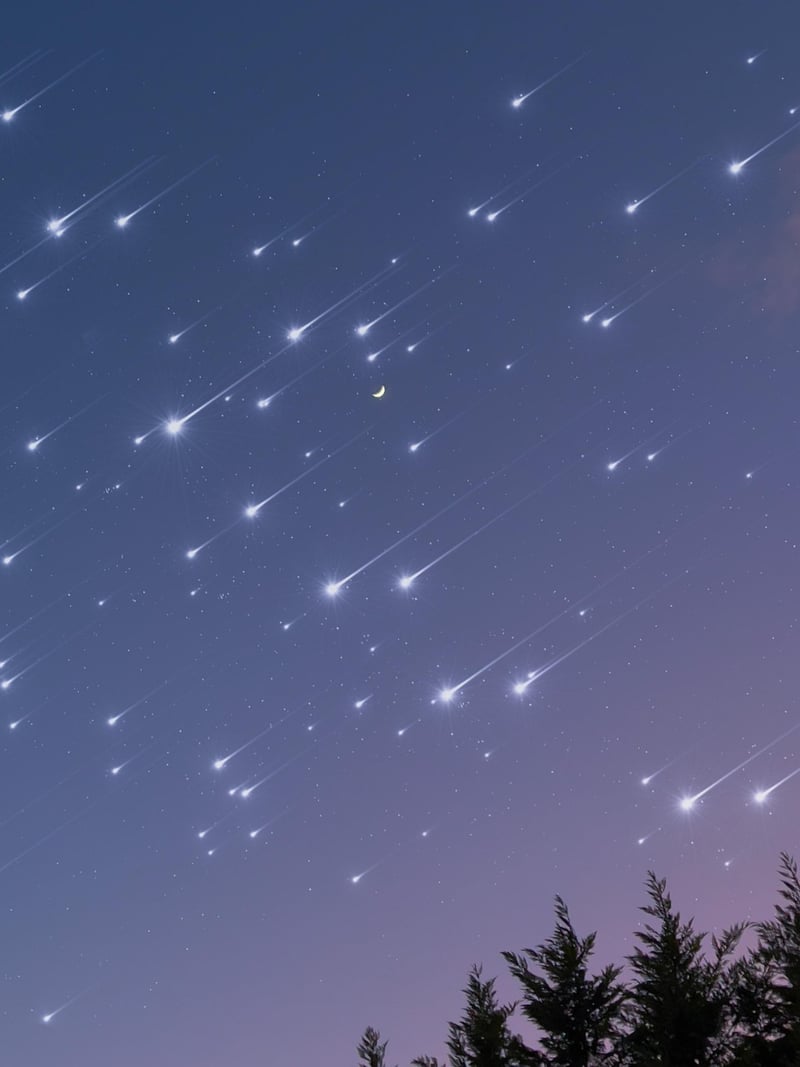Meteor Showers
Marvel at the Universe: Witness the Spectacular Meteor Showers
Looking up at the night sky can be a breathtaking experience, especially when you have the opportunity to witness a meteor shower. Meteor showers occur when Earth passes through the debris left behind by a comet, resulting in a dazzling display of shooting stars streaking across the darkness.
What Causes Meteor Showers?
Meteor showers are caused by the Earth passing through the dust and debris left behind by a comet. When these tiny particles enter the Earth's atmosphere, they burn up, creating the bright streaks of light we see from the ground. The Perseids, Leonids, Geminids, and Quadrantids are some of the most well-known annual meteor showers.
Best Time to Watch Meteor Showers
The best time to watch a meteor shower is during its peak, when the Earth passes through the densest part of the comet's debris field. Meteor showers typically occur at the same time each year, so be sure to mark your calendar and find a dark, open area away from city lights for the best viewing experience.
Upcoming Meteor Showers
- Perseids: Peak in August
- Leonids: Peak in November
- Geminids: Peak in December
- Quadrantids: Peak in January
Tips for Watching Meteor Showers
- Find a dark, open area away from city lights
- Bring a blanket or chair to sit or lie down comfortably
- Give your eyes time to adjust to the darkness
- Check the weather forecast and pick a clear night
- Be patient, as meteor showers can have lulls between bursts of activity
So, mark your calendar, find a cozy spot under the stars, and get ready to witness one of nature's most spectacular shows. Meteor showers are a reminder of the beauty and wonder of the universe, and watching them can be a truly magical experience.

Image Source: Pixabay
